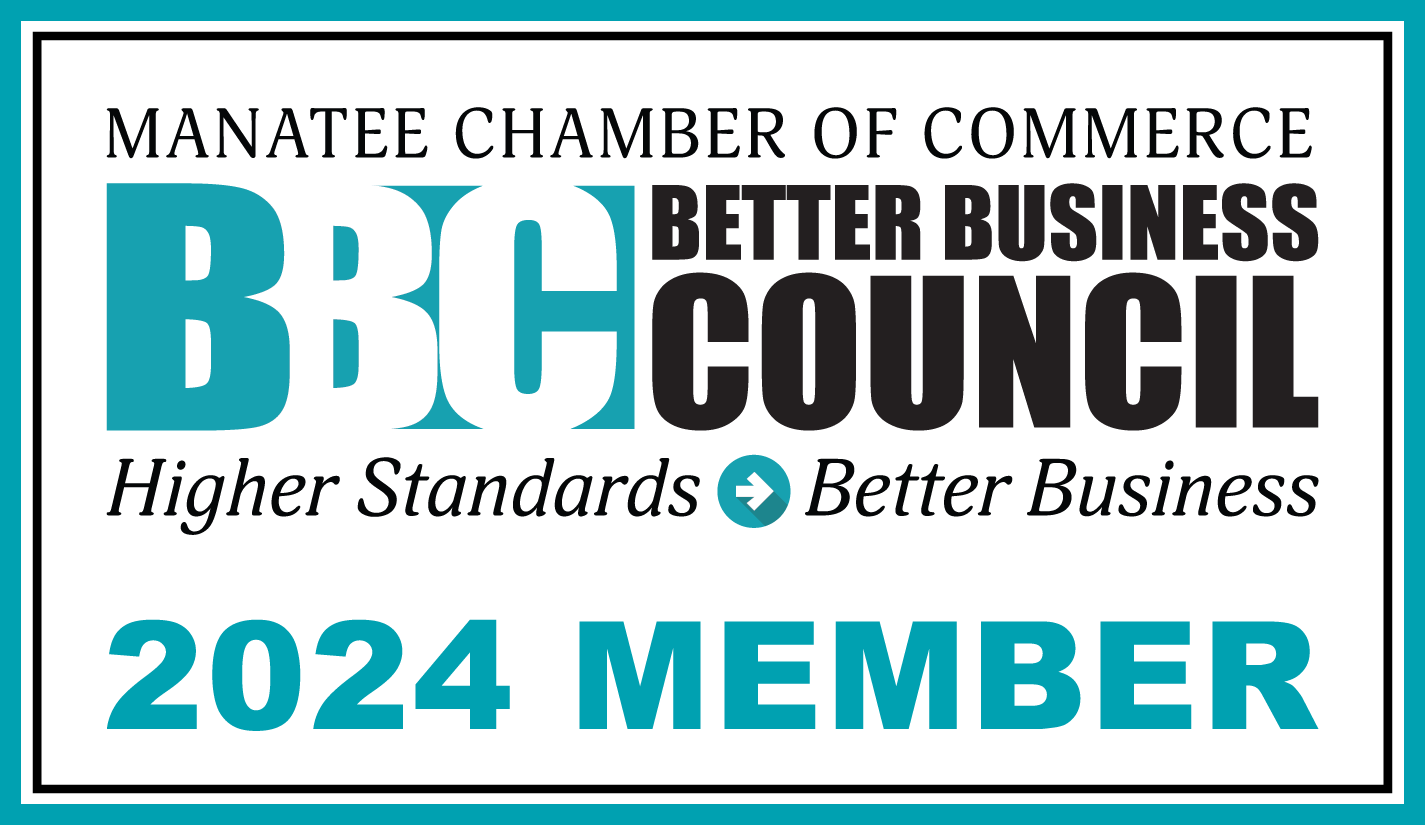Even before the pandemic, the trend towards multigenerational living was undeniable. In fact, the number of American households that have integrated three or more generations has quadrupled since the 1970s. Many reasons are cited for this move back to togetherness, ranging from sharing financial burdens to caring for the family’s youngest (or oldest) members.
As of 2021, approximately 25% of American adults lived in multigenerational homes and the number continues to rise. As more families choose this living arrangement, home design is evolving to cater to the unique challenges and scenarios this lifestyle represents. This article examines six of the most popular multigenerational design trends in new home construction.
Features of Multigenerational Homes
Private Spaces: These types of homes are filled with people in very different phases of their lives. It is essential, especially for older generations, to have places of retreat and respite, a space designated “just for them.” This can be achieved by building separate suites with their own bedroom, bathroom, and space for relaxation, such as a reading nook, private balcony, or small gym. Depending on their lifestyle, some may wish to have a kitchenette in their suite. These areas are often closed off from the rest of the home, either behind a door that can be secured or potentially a private entrance. While the family has decided to live together, everyone needs a break now and again, and these set-apart living areas fulfill that need.
Smart Layouts: Ideally, each private area of the home should be situated as far from communal areas as possible. For example, it may not be easy if a grandparent’s bedroom shares a wall with the children ‘s playroom. Trending designs include distinct living quarters situated as far as possible from each other, with shared communal areas (kitchen, living room) in the center of the home. If you have a multi-story home, be sure to provide living quarters, bathrooms, and some ability to cook on the first floor to accommodate older family members as they age.
Bathrooms and Storage: Multigenerational homes are required to be practical, and it doesn’t get much more sensible than having enough bathrooms in the house. Ideally, each adult or adult couple should have their own private bathroom, with enough additional bathrooms to ensure everyone else isn’t waiting too long for access. Similarly, you may need to consider more storage than usual in common rooms such as kitchens, as many adults and teens may be preparing food and wanting access to their favorite gadgets, utensils, and ingredients. Expert Tip: Consider a gourmet kitchen with double ovens, oversized refrigerators, and walk-in pantries.
Cottage or Guest House: If the property is large enough and zoning permits, families may decide to build an additional structure to accommodate family members – such as a tiny home, guest cottage, or apartment over the garage. These areas allow multigenerational living while offering their own distinct space to call home.
Flex Rooms: Similar to a conference room that businesses can schedule for specific needs, flex rooms in a multigenerational home can offer multi-purpose areas that various family members can use for activities they enjoy. These spaces are most successful when coupled with adequate storage so that gym equipment, school or art supplies, and toys can be stored away when not in use. By providing an area that can be used for multiple activities, families can accommodate the needs of everyone in the home without requiring multiple rooms.
Access and Traffic: When many people are moving through a home, it can quickly feel too crowded. One popular design trend is to include wide, custom staircases and hallways that invite everyone to move about. By adding large windows, generous sliding doors, and lots of light, you can also create a more expansive feel to the home.
Beautiful Custom Homes Require Reputable Builders
For over five decades, the professionals at Bruce Williams Homes have been building custom homes that reflect the unique needs of each client. We know you want the best for your family, and thousands of families can testify to our commitment and craftsmanship. If you are considering a multigenerational home—or if you simply want to build a gorgeous Sarasota residence—we invite you to browse our gallery and call for an appointment to learn more.
Even before the pandemic, the trend towards multigenerational living was undeniable. In fact, the number of American households that have integrated three or more generations has quadrupled since the 1970s. Many reasons are cited for this move back to togetherness, ranging from sharing financial burdens to caring for the family’s youngest (or oldest) members.
As of 2021, approximately 25% of American adults lived in multigenerational homes and the number continues to rise. As more families choose this living arrangement, home design is evolving to cater to the unique challenges and scenarios this lifestyle represents. This article examines six of the most popular multigenerational design trends in new home construction.
Features of Multigenerational Homes
Private Spaces: These types of homes are filled with people in very different phases of their lives. It is essential, especially for older generations, to have places of retreat and respite, a space designated “just for them.” This can be achieved by building separate suites with their own bedroom, bathroom, and space for relaxation, such as a reading nook, private balcony, or small gym. Depending on their lifestyle, some may wish to have a kitchenette in their suite. These areas are often closed off from the rest of the home, either behind a door that can be secured or potentially a private entrance. While the family has decided to live together, everyone needs a break now and again, and these set-apart living areas fulfill that need.
Smart Layouts: Ideally, each private area of the home should be situated as far from communal areas as possible. For example, it may not be easy if a grandparent’s bedroom shares a wall with the children ‘s playroom. Trending designs include distinct living quarters situated as far as possible from each other, with shared communal areas (kitchen, living room) in the center of the home. If you have a multi-story home, be sure to provide living quarters, bathrooms, and some ability to cook on the first floor to accommodate older family members as they age.
Bathrooms and Storage: Multigenerational homes are required to be practical, and it doesn’t get much more sensible than having enough bathrooms in the house. Ideally, each adult or adult couple should have their own private bathroom, with enough additional bathrooms to ensure everyone else isn’t waiting too long for access. Similarly, you may need to consider more storage than usual in common rooms such as kitchens, as many adults and teens may be preparing food and wanting access to their favorite gadgets, utensils, and ingredients. Expert Tip: Consider a gourmet kitchen with double ovens, oversized refrigerators, and walk-in pantries.
Cottage or Guest House: If the property is large enough and zoning permits, families may decide to build an additional structure to accommodate family members – such as a tiny home, guest cottage, or apartment over the garage. These areas allow multigenerational living while offering their own distinct space to call home.
Flex Rooms: Similar to a conference room that businesses can schedule for specific needs, flex rooms in a multigenerational home can offer multi-purpose areas that various family members can use for activities they enjoy. These spaces are most successful when coupled with adequate storage so that gym equipment, school or art supplies, and toys can be stored away when not in use. By providing an area that can be used for multiple activities, families can accommodate the needs of everyone in the home without requiring multiple rooms.
Access and Traffic: When many people are moving through a home, it can quickly feel too crowded. One popular design trend is to include wide, custom staircases and hallways that invite everyone to move about. By adding large windows, generous sliding doors, and lots of light, you can also create a more expansive feel to the home.
Beautiful Custom Homes Require Reputable Builders
For over five decades, the professionals at Bruce Williams Homes have been building custom homes that reflect the unique needs of each client. We know you want the best for your family, and thousands of families can testify to our commitment and craftsmanship. If you are considering a multigenerational home—or if you simply want to build a gorgeous Sarasota residence—we invite you to browse our gallery and call for an appointment to learn more.







